As you may be aware, there are suspicions that there are many videographers, or ‘VOs’, filming wild Cambodian macaques for profit, who also interfere with the animals to ensure they have filming opportunities. We know that often these interferences are of a cruel nature, such as causing or faking the death of a mother to ensure there is an orphan to film. A recent trend has been to hurt the macaques or otherwise put them in dramatic situations and then the VO’s will play the rescuers, or to feed the macaques out of turn of their natural social hierarchy to create conflict. The number of followers on the YouTube channels ensures that VOs are making a lot of money from their videos and therefore have a significant financial interest in continuing this activity, and others are encouraged to join them.
Our Wildlife Rapid Rescue Team’s (WRRT) Wildlife Crime Hotline has been inundated with requests to both rescue the macaques and provide updates. We apologize that we do not have the time to respond to individual requests nor provide regular updates on all of the many animals we rescue or care for. The team operates 24/7 365 days of the year to ensure that reported cases receive the most appropriate outcome. WRRT is a small team of only 12 people and the only wildlife police unit operating in Cambodia, yet they respond to almost 3000 calls a year and to date have rescued 77,000 animals from the illegal wildlife trade. Furthermore, whilst every animal is important, the team has to prioritise rescuing illegally traded wild species that are considered most at threat, including ivory and pangolins.
As our WRRT team continues to fight the relentless illegal wildlife trade in Cambodia, there are still ways you can help stop the abuse of Cambodia’s wild macaques:
1) Most importantly, STOP WATCHING the YouTube channels. There is evidence that these filmmakers are abusing and otherwise interfering with these wild animals, including possibly killing individuals. By continuing to watch these videos you are directly and financially supporting these individuals and condoning and encouraging their behaviour by doing so. They will not stop abusing the animals whilst they are receiving views and followers and therefore generating money from their videos.
2) Complain to the relevant authorities. By notifying the local authorities directly, they are able to take steps to protect the macaques and other wildlife in the Angkor complex.
Their details are as follows:
-
- The Apsara Authority – [email protected]
- The Cambodian Government Forestry Administration – [email protected] or https://www.facebook.com/fa.maff.gov.kh/
- The Cambodian Ministry of Environment – [email protected] or https://www.facebook.com/Ministry-of-Environment-314699302002531
3) Report any videos and channels such as these that exploit and abuse wildlife to YouTube. By reporting and flagging the videos, and encouraging others to do so, you can remove the financial incentive to continue abusing the macaques. Animal abuse is against YouTube’s terms of service. We have spoken directly to YouTube support and confirmed that these channels should be flagged as Violent Threats category in their channel reporting tool (shown as a flag icon in the channels “about” section). All you need to do is briefly explain the violence that they do to animals.
Wildlife Alliance would like to thank all of our supporters for their generosity and allowing us to continue our work to protect Cambodia’s forests and wildlife.
Wildlife Alliance is the leader in direct protection to forests and wildlife in the Southeast Asian tropical belt.
Wildlife Alliance is the leader in direct protection to forests and wildlife in the Southeast Asian tropical belt.
Wildlife Alliance is the leader in direct protection to forests and wildlife in the Southeast Asian tropical belt.

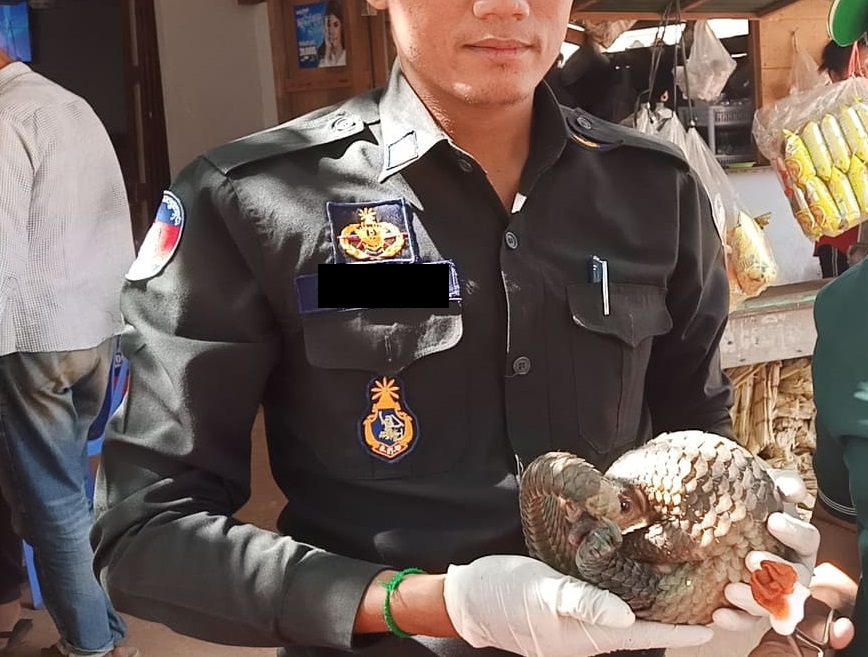
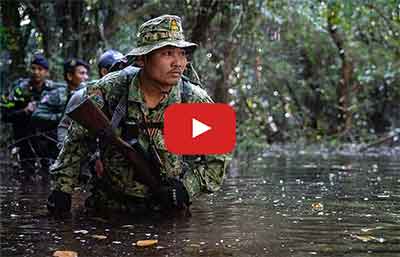
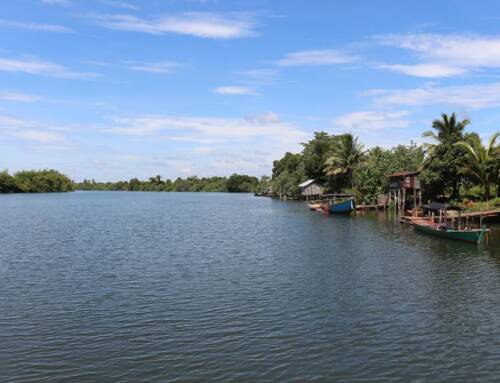
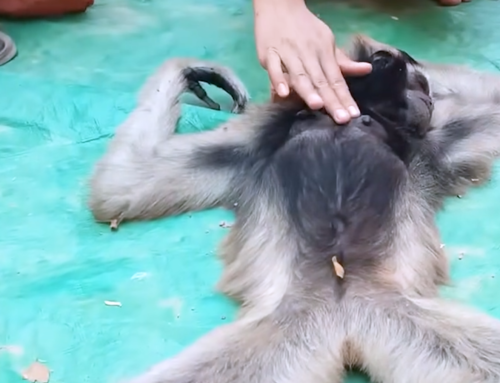
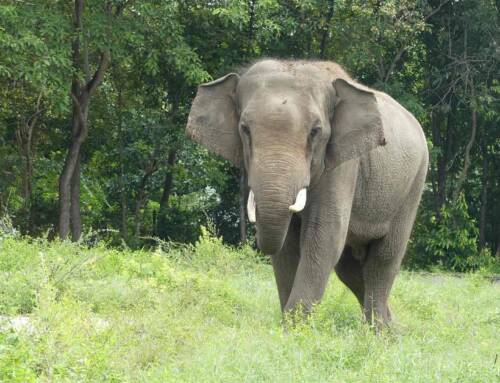
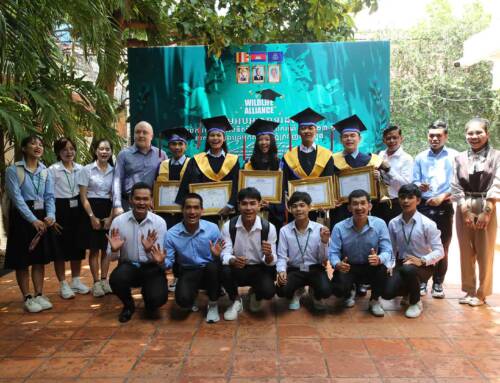
They aren’t all that way. You shouldn’t paint them all with such a broad brush. It is easy to see what channels are engaging in such behaviors, and boycott those. The channels that don’t interfere are the ones I watch.
I completely agree people need to stop watching. I see people spamming comments on videos saying things like “you’re corrupt, you mistreat the monkeys, you should not get views!!” … yet there they are, commenting multiple times on the video, giving it increased viewer interaction and driving up the exposure/profit.
I firmly believe a “holistic approach” to the macaque problem not unlike WLA’s holistic approach to deforestation education would be beneficial. There is an opportunity for people to ETHICALLY earn decent money filming wonderful monkey behaviors in gorgeous scenery. This could be a positive. An opportunity for SOME people. The market is grossly oversaturated at the minute, and competition incentivizes drama for clicks. The bubble pops sooner if we poke at it.
What I mean by this? If you come across anything remotely unethical or suspect, boycott that channel for good. You’ll know a legitimate channel when you see one. They never feed, always keep their respectful distance, never harass, and their focus is mainly on relaxed troop dynamics. Avoid the orphan-or-injury channels like the plague. If it’s consistently “boring” — showcasing grooming, hierarchy, foraging, and general nose picking — that’s a good channel. They let the monkeys be monkeys and don’t force a storyline onto them.
If you have any doubts, avoid. Only absence hurts the wallet.